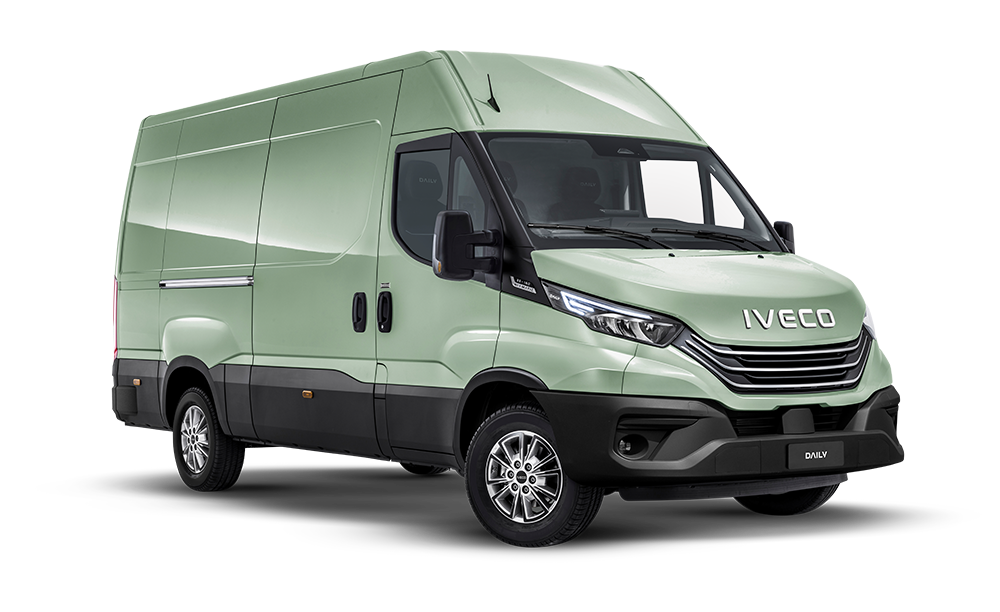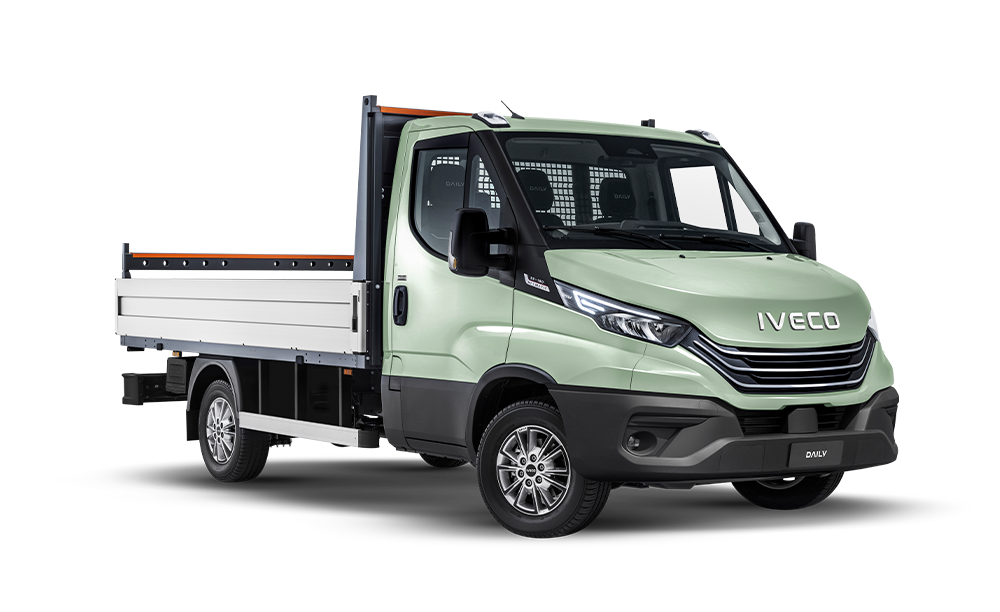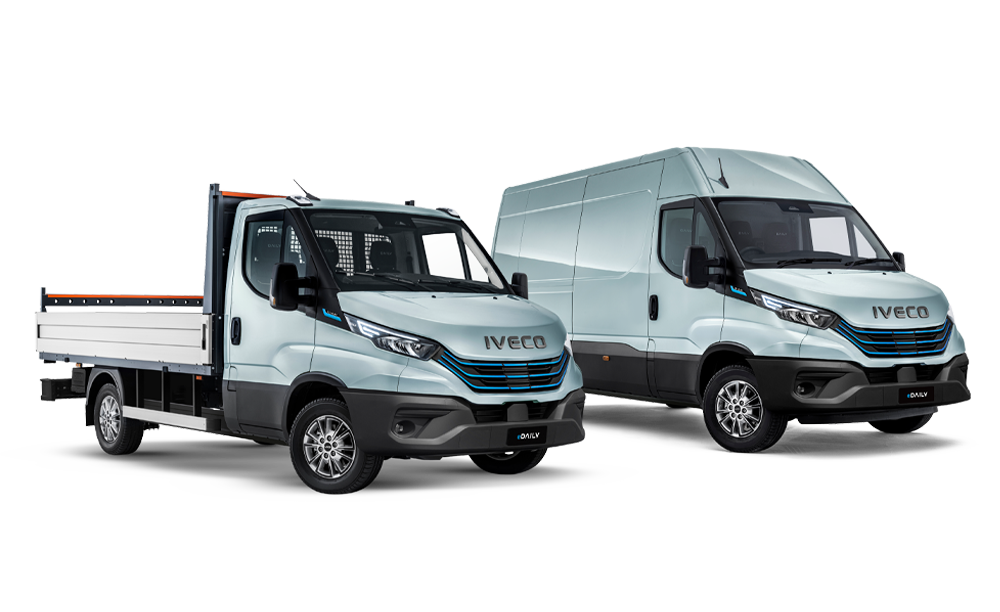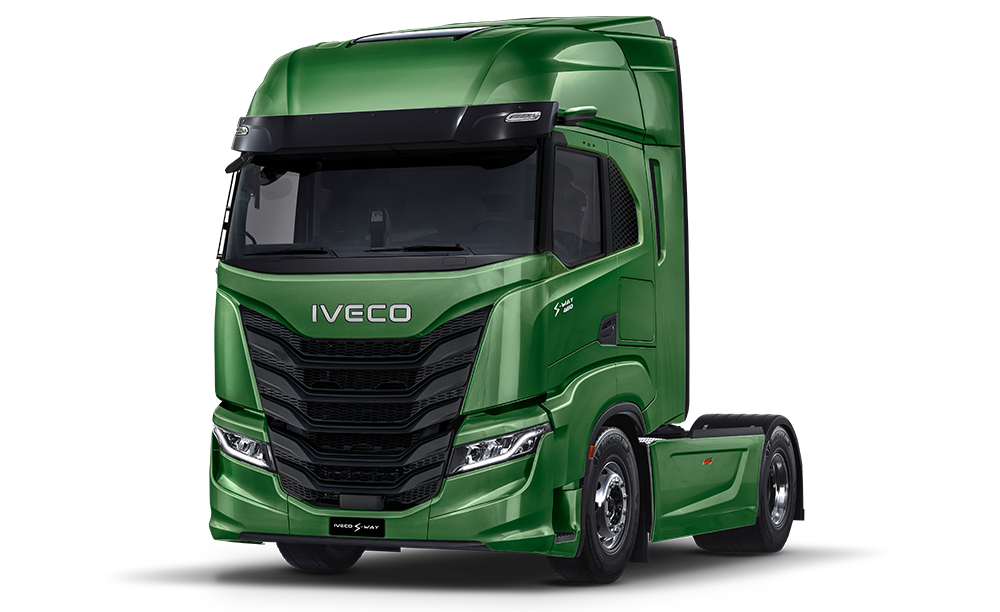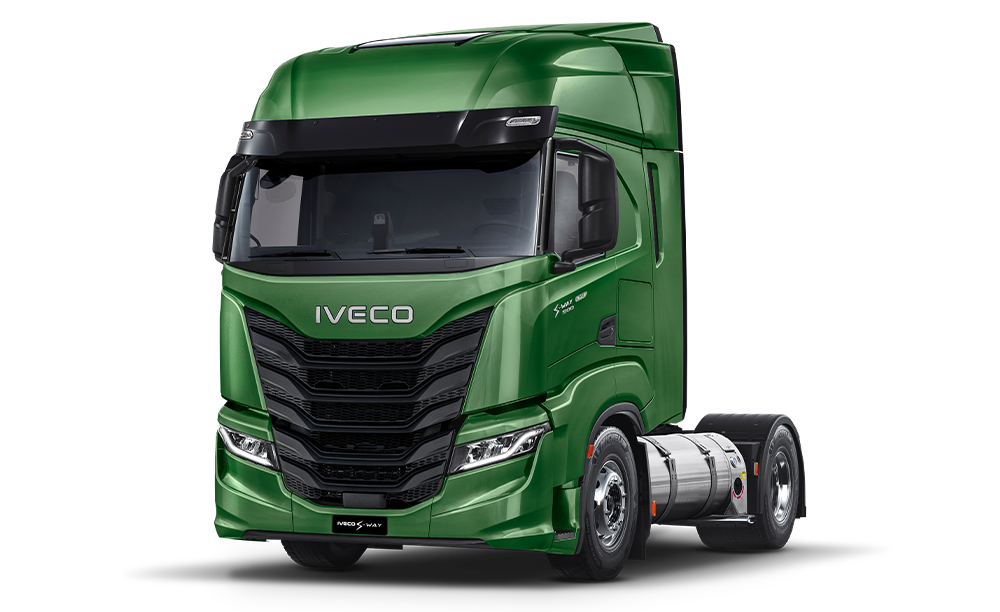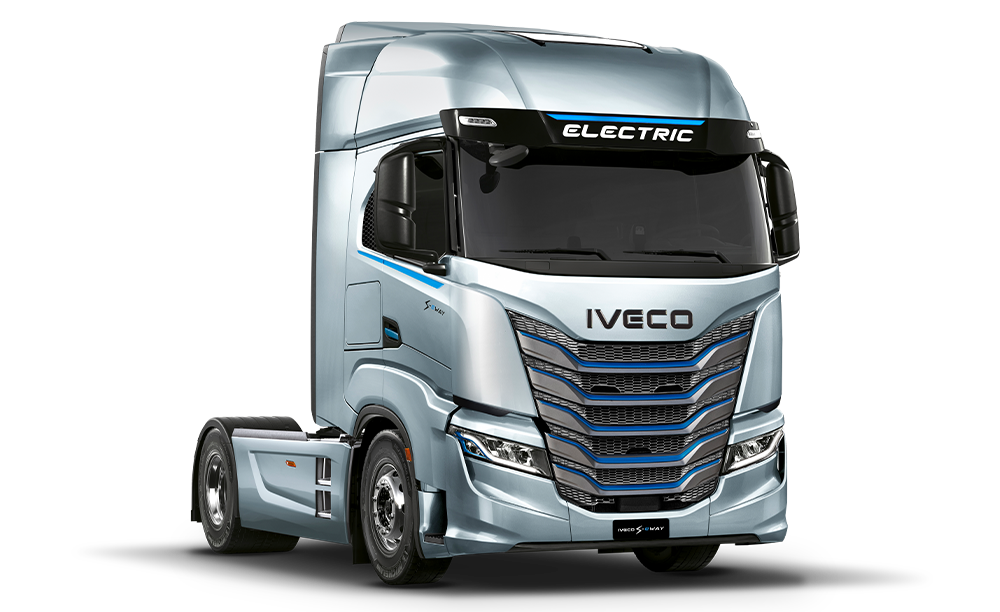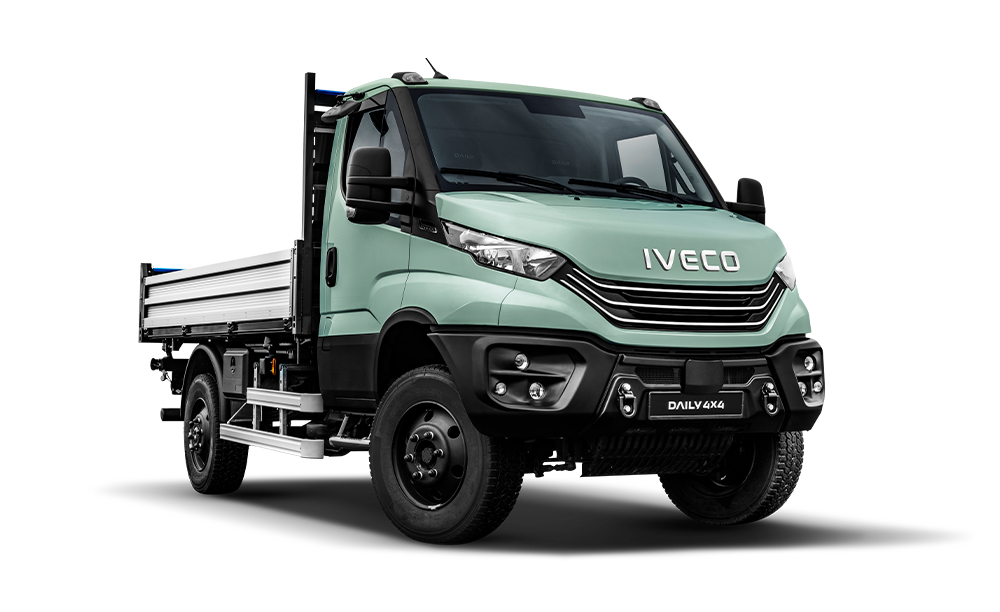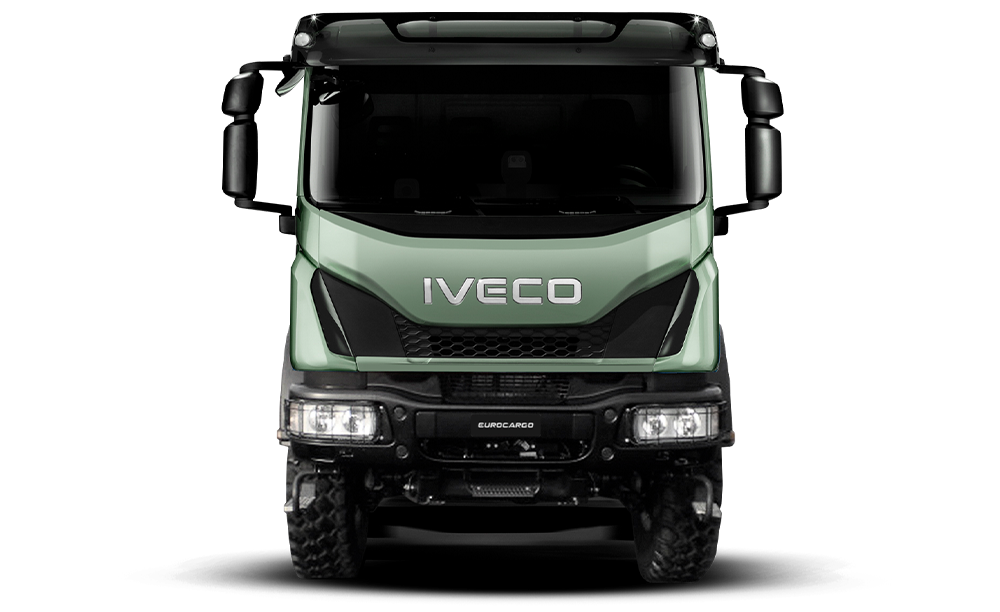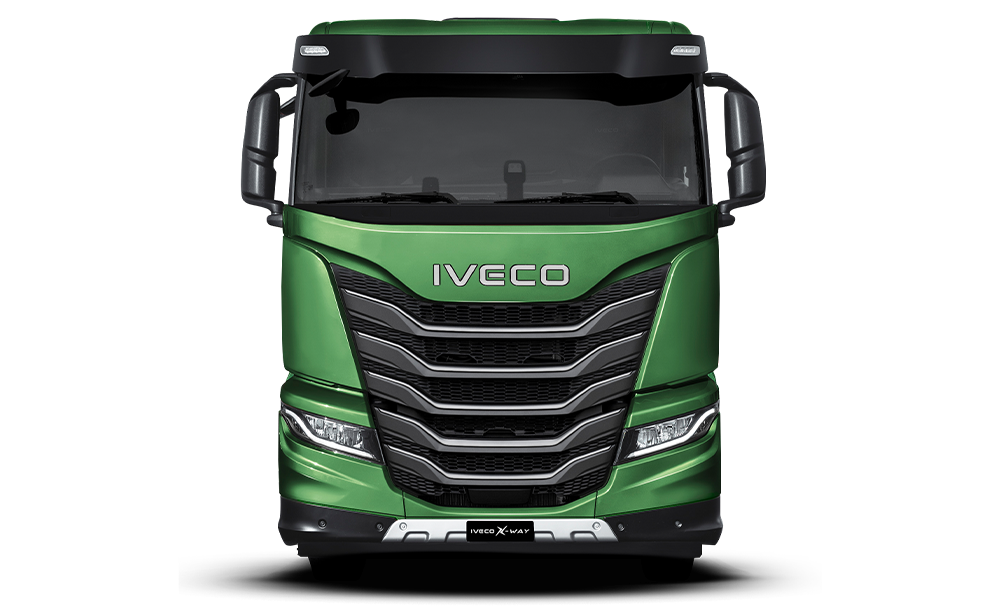

Tips for preparing your van for the cold weather of winter
As winter approaches, commercial vehicles face unique challenges that require expert attention. Cold weather can take a toll on vital vehicle components, and unexpected breakdowns can lead to costly delays. That’s where our experts come in.
With dedicated winter services and genuine parts tailored for IVECO vehicles, our team ensures your vehicle is ready to tackle even the harshest winter conditions.
Let’s explore the key vehicle components that are most susceptible to winter wear and why regular checks and replacements by IVECO’s professionals are essential for reliable and efficient commercial vehicles.
7 Essential Parts Requiring Checks Before the Cold Sets In
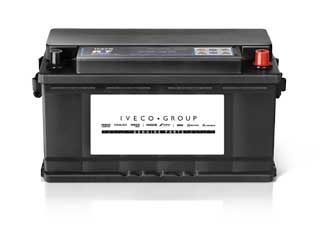
1. Battery Health
Why It Matters: Cold temperatures can reduce battery efficiency, making it harder to start your vehicle on freezing days. Older or weakened batteries are particularly vulnerable, leading to unexpected downtime.
Signs of Wear: Dim lights, slow engine crank, or needing a jump-start are all warning signs that your battery might be struggling.
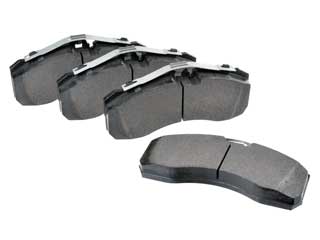
2. Brake System
Why It Matters: Winter roads mean extra caution is necessary, and brakes bear the brunt of these conditions. Cold weather can lead to brake fluid thickening and increased wear on brake pads.
Signs of Wear: Squeaking or grinding noises, a spongy brake pedal, or increased stopping distance signal issues in the brake system.
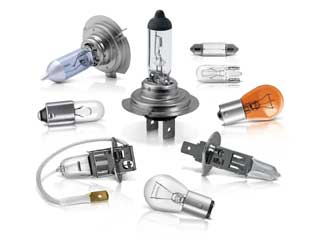
3. Light Bulbs
Why It Matters: Shorter daylight hours and adverse winter weather mean increased reliance on vehicle lights for visibility and safety. Fog, snow, and low-light conditions require headlights, brake lights, and indicator lights to be in top working order, ensuring the vehicle is clearly visible to others.
Signs of Wear: Dimming or flickering output, cracking, burnouts, or a delayed response can indicate light bulbs are experiencing faults.

4. Fuel and Oil Filters
Why It Matters: Winter conditions can cause diesel and oil to thicken, making filters more prone to clogging. This can affect fuel efficiency and lead to potential issues on the road.
Signs of Wear: Lower fuel efficiency or trouble starting may be related to clogged filters.
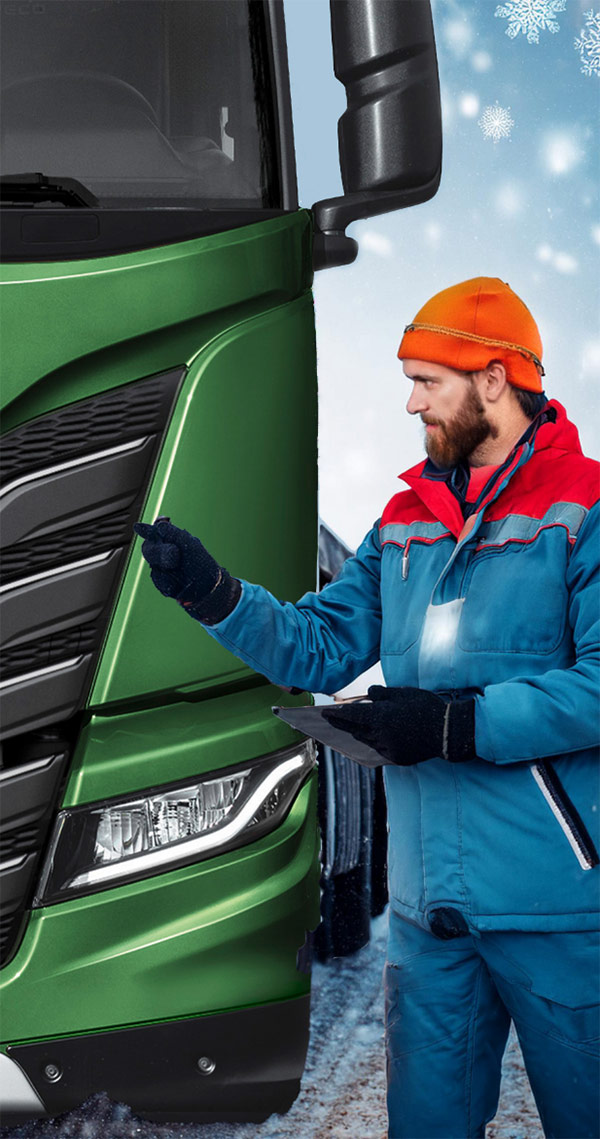
5. Tyres
Why It Matters: Optimal tyre traction is critical in winter, when icy roads and lower temperatures affect grip and handling. Worn tyres or low pressure increase risks in challenging conditions.
Signs of Wear: Reduced tread depth, uneven wear, or cracks in the rubber can all reduce grip.
6. Wheel Wells and Undercarriage
Why It Matters: Salt, snow, and debris can accumulate under the vehicle, leading to rust and other damage over time.
Signs of Wear: Visible rust or a noticeable increase in noise due to debris can signal issues.
7. Spark Plugs
Why It Matters: Ignition systems are particularly susceptible to winter challenges. Worn spark plugs can make starting your vehicle in the cold a struggle, causing strain on the battery and ignition.
Signs of Wear: Poor fuel efficiency, difficulty starting, or misfires can signal spark plug issues.
At IVECO safety is paramount.
As well as performing winter services, we provide the following part solutions for every vehicle:
Trust IVECO to Keep Your Fleet Winter-Ready
Winter demands reliability, and that starts with quality parts and expert care. IVECO's winter services ensure your vehicle is ready for anything, with genuine replacement parts designed to withstand winter's toughest conditions. Don't leave your fleet's safety and efficiency to chance this season—trust IVECO to keep your vehicles winter-ready.
Contact IVECO to schedule your winter service, or visit our IVECO Parts Page to learn more about our winter-ready parts, accessories, and services.
Essential Winter Driving Tips for Commercial Vehicle Drivers
Winter brings with it unpredictable weather that can significantly impact road safety. Drivers experience limited visibility and hazards such as icy road surfaces, floods, and fog. For commercial vehicle drivers, Winter can pose several serious risks due to larger vehicle sizes and weight requiring longer stopping distances.
We have compiled some winter driving tips for commercial vehicle drivers to help you stay safe on the road.
1. Increase Following Distance
Why?
Stopping distances increase on icy roads, so maintaining extra space between vehicles is crucial to avoid collisions.
Tip:
Aim for at least twice the usual following distance to allow enough reaction time on slick surfaces.
2. Keep Speeds Low and Steady
Why?
High speeds can lead to loss of control on icy or snowy roads, especially in larger, heavier commercial vehicles.
Tip:
Drive slower than usual and make gradual changes to speed to maintain traction and control.
3. Avoid Sudden Movements
Why?
Abrupt braking, acceleration, or steering can cause skidding.
Tip:
Make gentle adjustments to speed and direction, particularly when braking or turning, to prevent loss of control.
4. Pre-Trip Inspections for Ice and Snow
Why?
Snow and ice can build up on windshields, mirrors, lights, and vehicle roofs, impacting visibility and safety.
Tip:
Take time to clear all snow and ice from your vehicle before hitting the road, especially from lights, windows, and mirrors.
5. Use Low-Beam Headlights for Visibility
Why?
Winter conditions like fog, snow, and sleet reduce visibility, making it harder for others to see you.
Tip:
Turn on low-beam headlights during any adverse weather conditions to increase your visibility on the road.
6. Watch for Black Ice
Why?
Black ice is a transparent layer of ice that blends with the road surface, making it particularly treacherous.
Tip:
Be cautious in areas prone to black ice, such as shaded patches, bridges, and overpasses. Lightly brake to test for traction if you’re unsure.
7. Keep Fuel Tanks Topped Up
Why?
Full tanks add weight, which can improve traction, and also prevent fuel lines from freezing.
Tip:
Fill up regularly to avoid running low in freezing conditions, especially on long-haul routes.
8. Use Engine Brakes with Caution
Why?
Engine brakes can cause wheels to lock on slick surfaces.
Tip:
Use engine brakes only on clear, dry surfaces. When roads are icy, stick to service brakes for greater control.
9. Plan for Extra Travel Time
Why?
Winter conditions often slow travel due to road closures, low visibility, and snow removal.
Tip:
Leave earlier than usual and plan extra time for possible delays to avoid rushing.
10. Know When to Stop
Why?
Safety is the priority. In severe conditions, stopping is often the best option to avoid accidents.
Tip:
If visibility is too low or roads are too dangerous, find a safe place to pull over and wait for conditions to improve.
The Winter season requires you to be vigilant to ensure you and your vehicle can make your journey safely. In addition to driving carefully, it is necessary for drivers to be aware of how their vehicle parts and accessories are performing.
IVECO Parts Warranties
Genuine
• Best-in-class warranty. Reliability and quality certified by IVECO.
NEXPRO
• Benefit from the same warranty as Genuine Parts. NEXPRO warranty has a life of 12 months for spare parts and 24 months for the batteries.
Reman
• Up to 3 year warranty on all our engines and gearboxes, when fitted in an approved IVECO workshop or supplied over the counter. If fitted in an approved IVECO workshop, labour is included under warranty.

